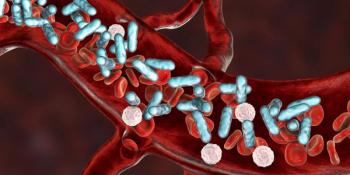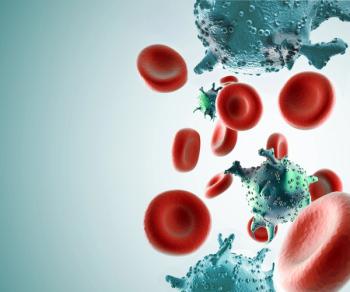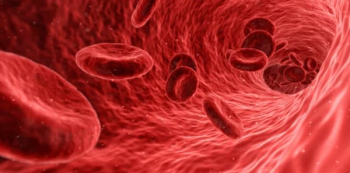
- Oncology Vol 29 No 4_Suppl_1
- Volume 29
- Issue 4_Suppl_1
(P087) Proton Therapy Results in Low Rates of Acute GI Toxicity for Parotid Cancers
Proton therapy for parotid cancers results in very low rates of GI toxicity. Nutritional status and weight were preserved throughout therapy. These results should be validated with patient-reported outcomes.
Roi Dagan, MD, MS, Curtis Bryant, MD, MPH, Christopher G. Morris, MS, Daniel J. Indelicato, Julie A. Bradley, MD, William M. Mendenhall, MD; University of Florida
BACKGROUND: Acute gastrointestinal (GI) toxicity from head-and-neck radiotherapy (RT) results in decreased quality of life. Increasingly, conformal RT has improved toxicity outcomes. The target for parotid tumors is ideal for proton therapy, because distal to the Bragg peak, there is no exit of radiation to the oral cavity, swallowing musculature, or contralateral major salivary glands.
PURPOSE: To evaluate acute GI toxicity from proton therapy for parotid cancers.
METHODS: A total of 23 patients were treated with primary (n =7) or adjuvant (n = 16) proton therapy for cancers of the parotid region, including salivary gland carcinoma (n = 16), skin carcinoma with perineural invasion (n = 5), and Ewing sarcoma (n = 1). The most common indication for proton therapy was skull base invasion. Double-scattered conformal proton therapy, typically involving three fields, was delivered to a median dose of 70 Gy (relative biological effectiveness [RBE]) (range: 55,8–74.4 Gy[RBE]) using various fractionations (range: 1.8–2 Gy[RBE]) once daily, 5 fractions/week (n = 15); 1.2 Gy(RBE) twice daily, 10 fractions/week (n = 7); and 2 Gy(RBE) once daily, 6 fractions/week (n = 1). Seven patients received concurrent chemotherapy. Acute toxicities were prospectively evaluated weekly during radiotherapy using Common Terminology Criteria for Adverse Events version 3 (CTCAE v3).
RESULTS: Grade (G) 3 dysphagia occurred during 1 week of therapy in one patient with baseline G2 dysphagia before RT after undergoing parotidectomy, mandible resection, and full-mouth extractions. A percutaneous gastrostomy tube was placed before RT and removed upon completing RT when dysphagia improved to G1. There were no other G3 events. G0, 1, 2, and 3 dysphagia rates were 87%, 4%, 9%, and 0% at baseline and 48%, 26%, 26%, and 0% at the end of RT, respectively. Among patients without G2 dysphagia at baseline, there was no difference between the rates of G0/1 and G2+ dysphagia at the end of RT compared with baseline (P = .104). Similar results were noted for xerostomia, dysgeusia, and weight loss. G2 mucositis occurred in 35% of patients-a significant change from baseline (P = .046)-but 43% of patients had no mucositis upon completing RT. The median weight at the end of RT was 97.4% of baseline. Only six patients (23%) lost > 5% of their baseline weight, and one patient (4%) lost > 10%.
CONCLUSIONS: Proton therapy for parotid cancers results in very low rates of GI toxicity. Nutritional status and weight were preserved throughout therapy. These results should be validated with patient-reported outcomes.
Proceedings of the 97th Annual Meeting of the American Radium Society-
Articles in this issue
Newsletter
Stay up to date on recent advances in the multidisciplinary approach to cancer.

















































































